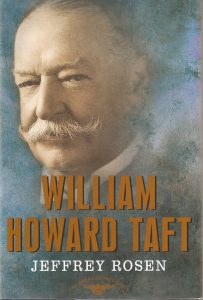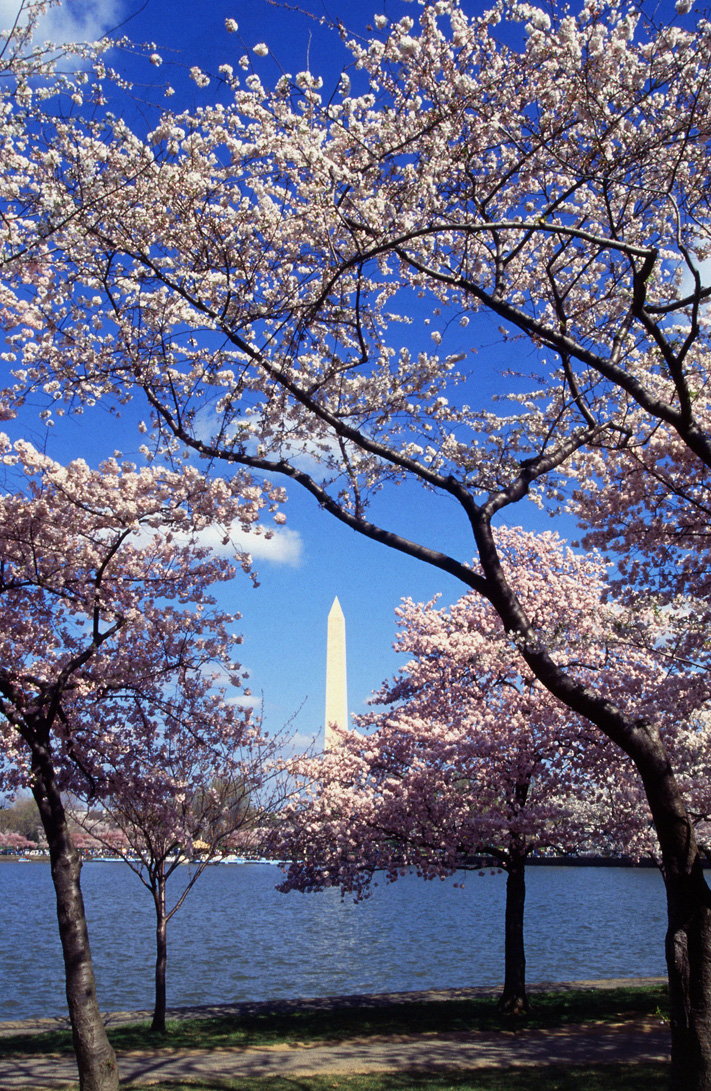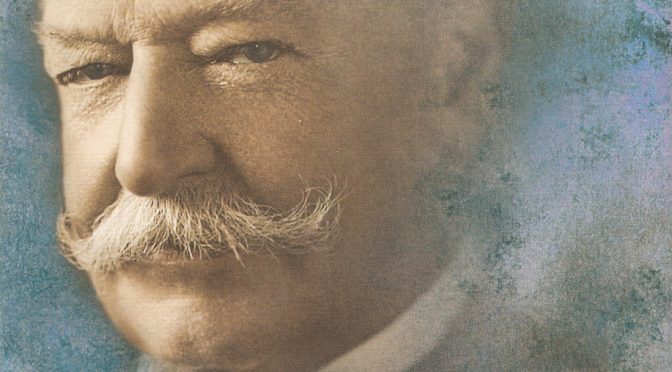William Howard Taft, our country’s 27th President and its 10th Chief Justice, believed in the Constitution and its system of checks and balances. He is most often remembered for being fat, which is a shame because his advocacy for the judicial branch of government was his real legacy. Taft is also responsible for a number of long-lasting physical changes to our nation’s capital, including the construction of the Supreme Court Building (more on that in a moment).
 Before he became President, Taft served as a state judge in his home state of Ohio, as Solicitor General of the United States, and as a federal judge. In 1900 President William McKinley persuaded Taft to step down from the bench to oversee the United States occupation of the Philippines, where he became civil governor a year later. After McKinley was assassinated, Taft continued to serve in the Philippines under President Theodore Roosevelt. In 1904 Roosevelt named Taft Secretary of War. Taft visited Panama during the construction of the canal and later served as temporary provisional governor of Cuba.
Before he became President, Taft served as a state judge in his home state of Ohio, as Solicitor General of the United States, and as a federal judge. In 1900 President William McKinley persuaded Taft to step down from the bench to oversee the United States occupation of the Philippines, where he became civil governor a year later. After McKinley was assassinated, Taft continued to serve in the Philippines under President Theodore Roosevelt. In 1904 Roosevelt named Taft Secretary of War. Taft visited Panama during the construction of the canal and later served as temporary provisional governor of Cuba.
In 1908, when Theodore Roosevelt declined to seek another term, Taft received the Republican Party’s presidential nomination, and — with TR’s full blessing and support — he went on to defeat the Democratic nominee, William Jennings Bryan, by a wide margin. As President, Taft focused on revising the nation’s complicated system of tariffs and breaking up large trusts. He also dealt with foreign policy crises with Mexico, Cuba, Santo Domingo and Nicaragua.
But Taft’s conduct in office was not to the liking of Theodore Roosevelt, whose criticism of his successor became more and more vituperative. In an unprecedented move, Roosevelt challenged Taft for the Republican nomination in 1912. When TR lost the nomination, he claimed that the system was rigged and formed a third political party, which became known as the Bull Moose Party. Roosevelt ran against both Taft and the Democratic nominee, Woodrow Wilson, who would go on to win the presidency in an electoral college landslide despite capturing only 41.8 percent of the popular vote. Roosevelt got 27.4 percent and Taft 23.2 percent. After leaving the Presidency, Taft taught law at Yale and authored several books. During World War I he served as co-chairman of the National War Labor Board.
In 1921, President Warren G. Harding appointed Taft Chief Justice of the United States, where he would serve for nine years. As Chief Justice Taft sought consensus, and he wrote and participated in many important decisions. Taft stepped down from the Supreme Court in February 1930 for health reasons, and he died a month later.
While serving as Chief Justice Taft also successfully persuaded Congress to allocate funds for the Supreme Court to have its own building, as up until this time the justices had been meeting in the basement of the Capitol. Taft selected Cass Gilbert as architect for the building. It was completed in 1935, five years after Taft’s death.

Taft’s career and his many significant contributions to our nation are summarized in the short and concise “William Howard Taft” by Jeffrey Rosen, part of the American Presidents Series. According to the author, President Taft protected more land and was more successful in breaking up trusts and monopolies than his predecessor, Theodore Roosevelt. And as Chief Justice, the author says, Taft’s greatest accomplishment was to solidify the federal judiciary as a coequal branch of government.
Here are some additional facts about William Howard Taft:
- He was one of many presidents to hail from Ohio. Others included Hayes, Garfield, Benjamin Harrison, McKinley and Harding.
- His wife, Helen, who went by “Nellie,” suffered a stroke when he was President.
- As mentioned, Taft was heavy. He gained and lost weight over the years. According to the book, he was at his heaviest — and his unhappiest — during his presidency.
- His heroes were George Washington, Alexander Hamilton and John Marshall (fourth Chief Justice of the United States).
- President Taft appointed six justices to the Supreme Court, the most of any president except George Washington and Franklin D. Roosevelt! He would later serve alongside some of the justices he had appointed.
In addition to being responsible for the construction of the United States Supreme Court Building, Taft was also president of the Lincoln Memorial Commission and presided over the monument’s dedication in 1922. Taft also had the first Oval Office built in the West Wing of the White House. And we can also thank Taft for the cherry blossoms in Washington, D.C., as first lady Nellie Taft planted the very first cherry blossom trees, which were a gift from Japan.


